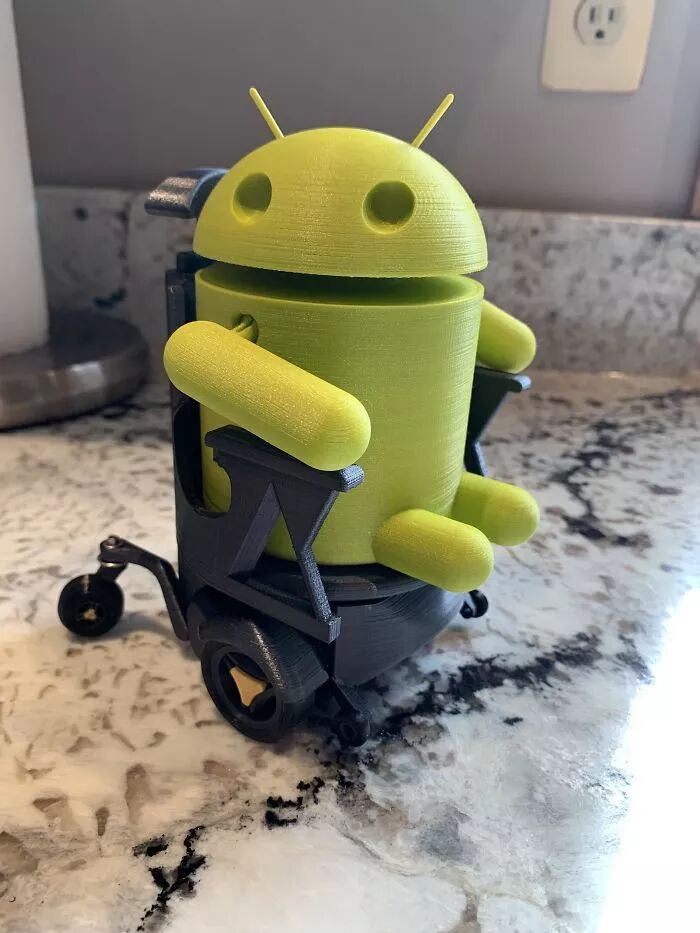
“3D printing,” this concept,
has recently gained popularity in both the art and technology circles.
As long as a 3D model is created on a computer,
the desired physical object can be obtained with precision,
it’s just like the high-tech gadgets from Doraemon’s pocket!
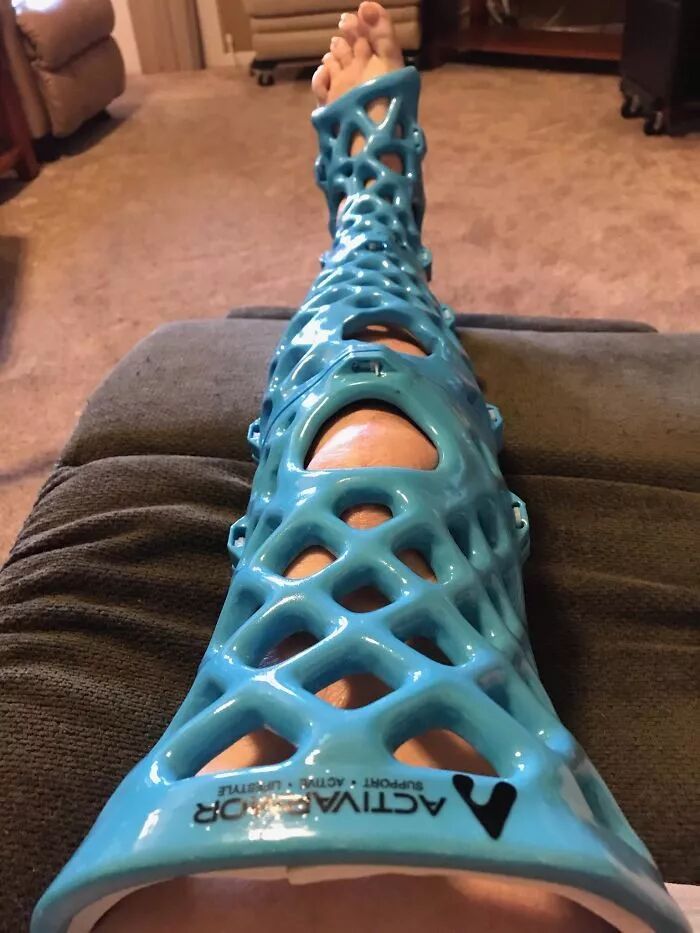
However, this technology is actually much older than you think:
It was born in the late 20th century,
and has been around for 40 years now…

But why has this technology only become popular now?
The answer is simple:
Application of technology is a science in itself, more than just development.
With the overall development of science and technology,
people have gradually found spaces where 3D technology can be applied:
Besides making figurines, sculptures, and toys,
it can do much more than you think!
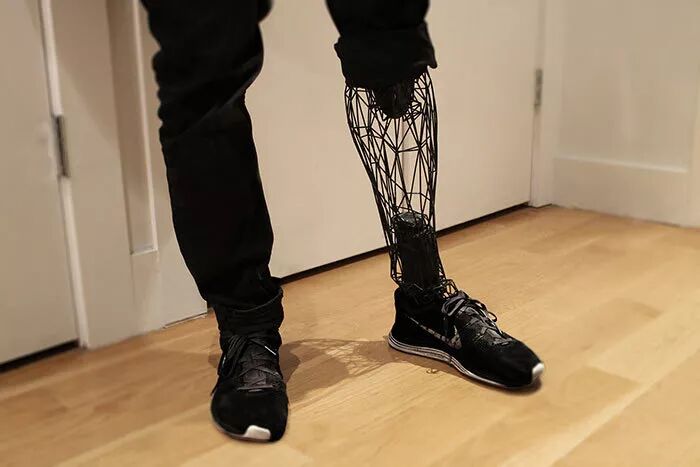
When 3D printing first appeared, it used plastic as its material.
Therefore, its applications were quite limited at that time—
it could only DIY some souvenirs,
or make funny props for Halloween.
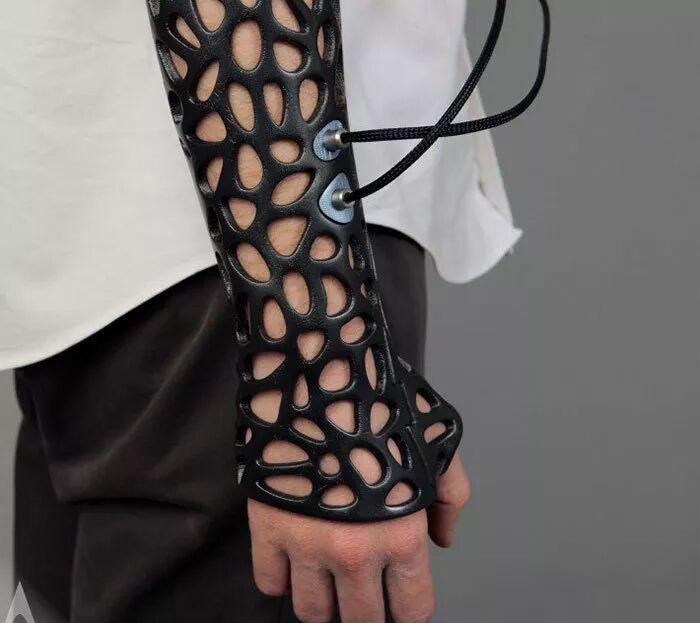
But now, with technological advancements,
ceramics, gold, silver, titanium, gypsum, and even biological materials
can be used as materials for 3D printing,
so the applications of this technology have suddenly become bolder…

It can be used for prosthetics for animals or humans,
achieving a high degree of fit with the human body structure through precise modeling;
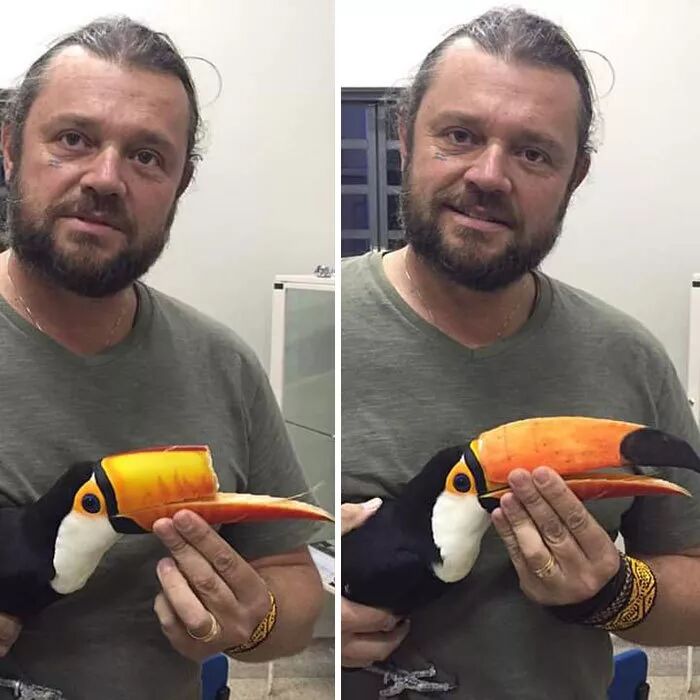
It has also become a tool for disabled individuals to understand the world:
By printing famous paintings into three-dimensional sculptures with special materials,
it can help blind people appreciate more great art.
In the near future,
this may become a blessing for special education schools…
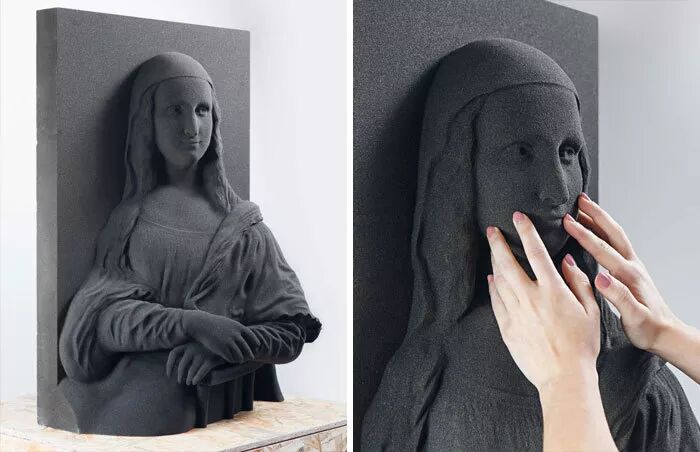
Of course, this technology can also be applied to the rescue of disabled animals:
Birds that have lost their beaks, dogs that have lost their limbs,
can have prosthetics or assistive devices made for them through 3D printing,
which can make the shapes more precise,
and the animals’ rejection reactions are also smaller.
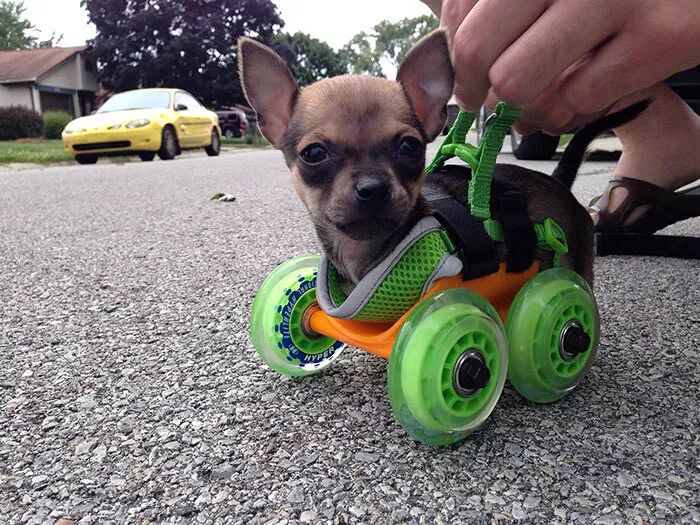
The speed of technological development always exceeds your imagination:
Currently, 3D printers can even produce biological tissues and organs.
Not only prosthetics, prosthetic eyes, and wheelchairs,
but now, manufacturing kidneys and hearts using 3D printing for transplantation
seems to be a possibility as well…
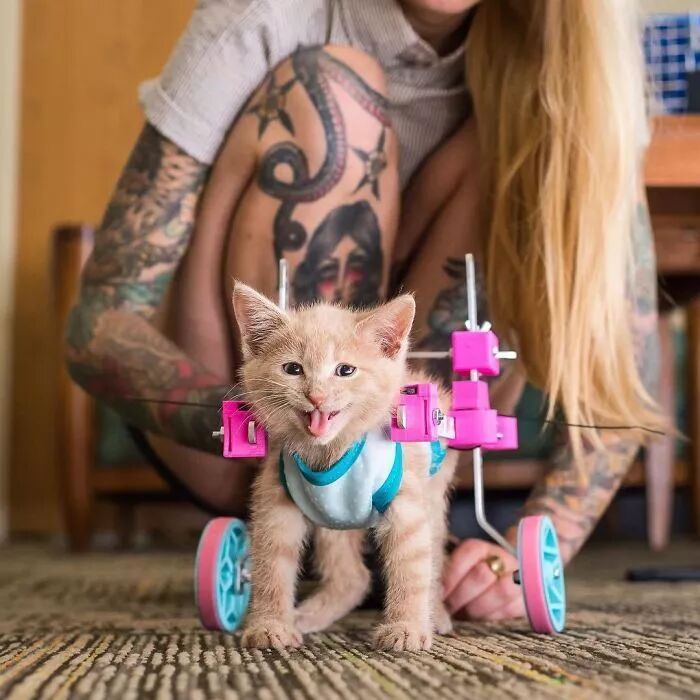
With more and more printing materials available,
ordinary people can complete their “great” creations
as long as they learn to model on a computer.
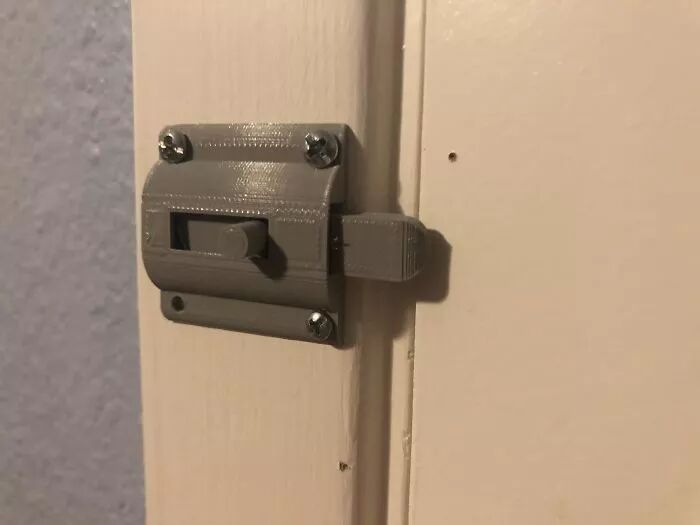
From small furniture parts like door locks and bolts,
to large movable and immovable properties like vehicles and houses,
as long as there is enough equipment support,
we can almost freely “create” everything we want.
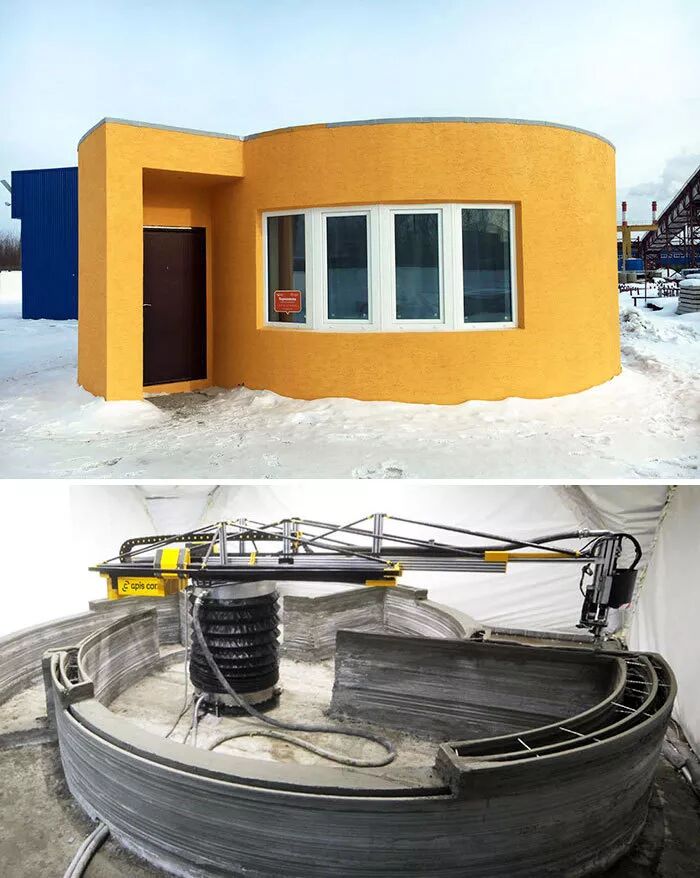
With the support of this “black technology,”
as long as your ideas are novel and creative enough,
even without a background in art or sculpture,
you can become a true designer.
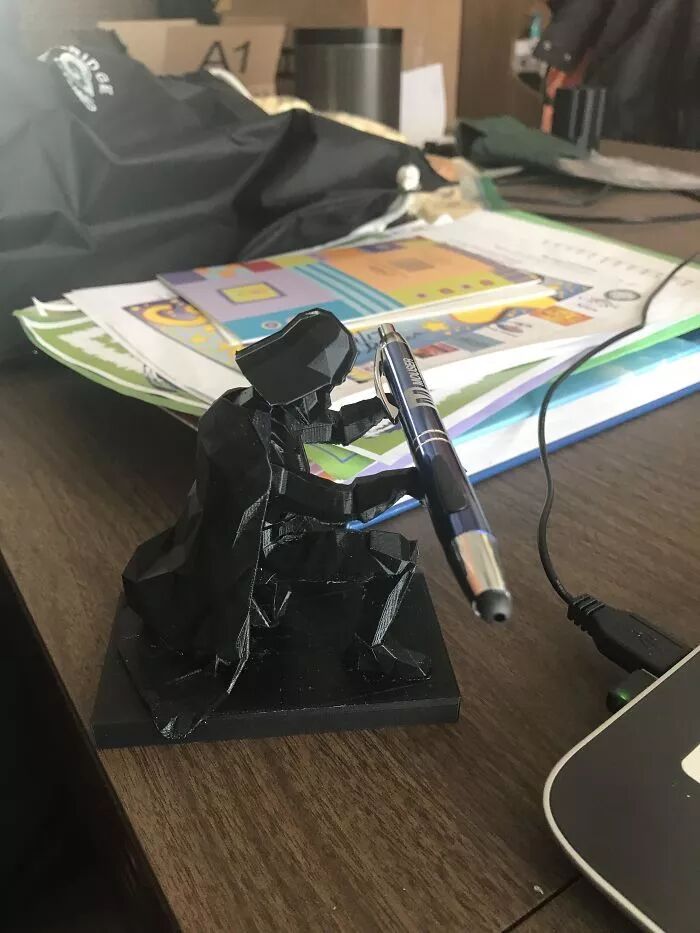
When technology is no longer a bottleneck,
the only thing that affects your creation
is your own imagination.
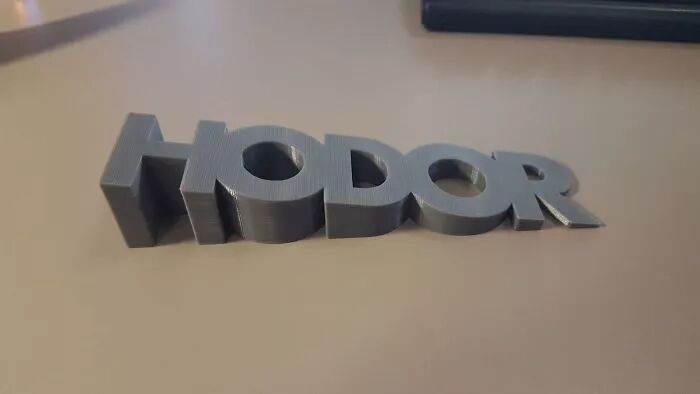
As long as there is enough creativity and good aesthetics,
one can create exquisite works by oneself.
This digital and character-based violin,
doesn’t it have a postmodern beauty?
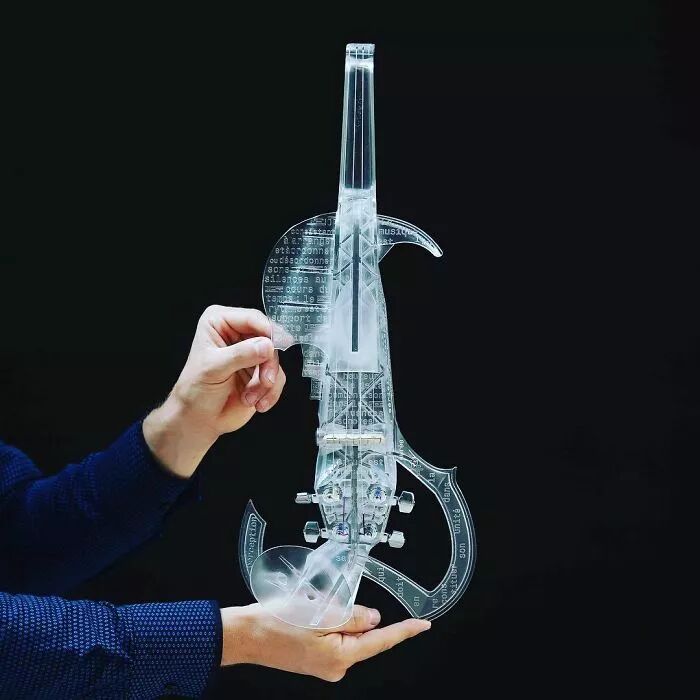
Some artists, after mastering this technology,
have become even more powerful:
This Game of Thrones-themed lamp is simply too cool,
such a delicate beam is very difficult to make by hand,
but for 3D printing, as long as the right materials are chosen,
it can be completed in no time!
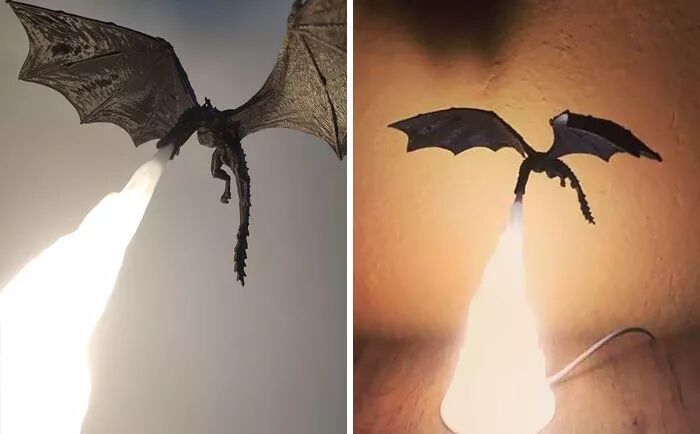
Of course, for industrial design and interior design,
the biggest advantage of this technology is efficiency.
This simple and beautiful vase,
manufactured through 3D printing, takes almost half the time of the original.
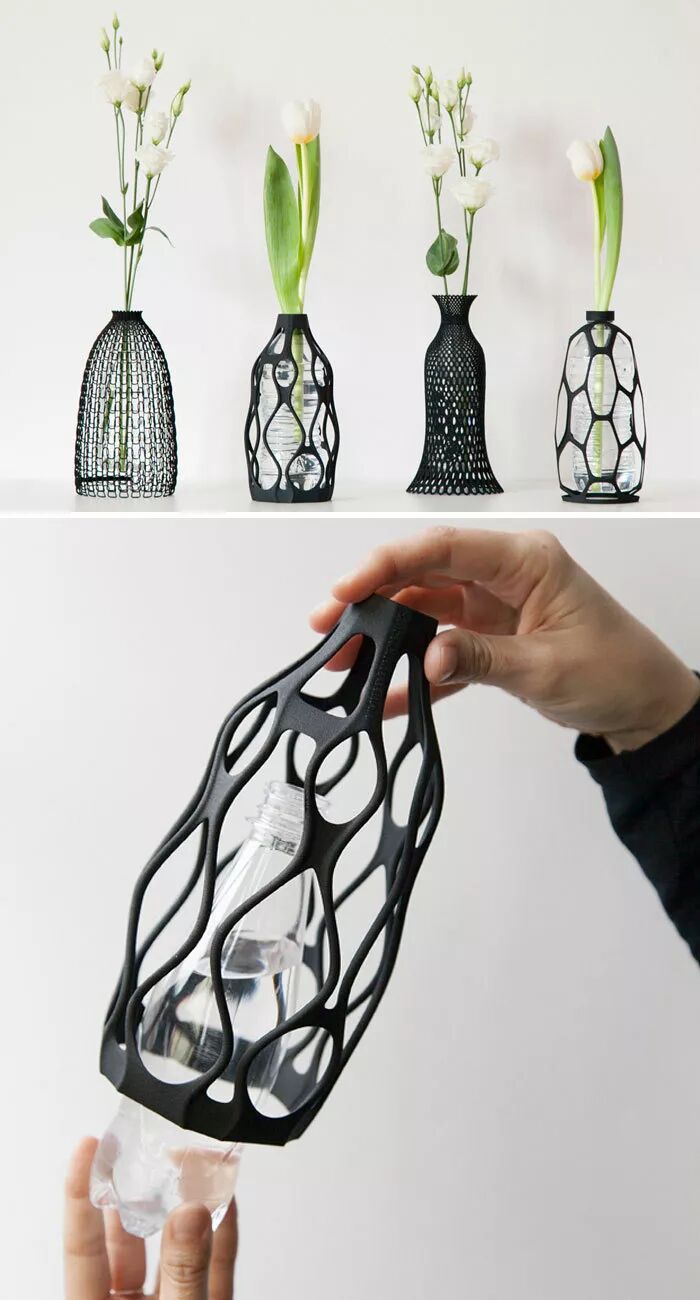
However, this technology can occasionally have “failures”:
Whether it’s software lag or hardware bugs,
they can cause the printing to stop.
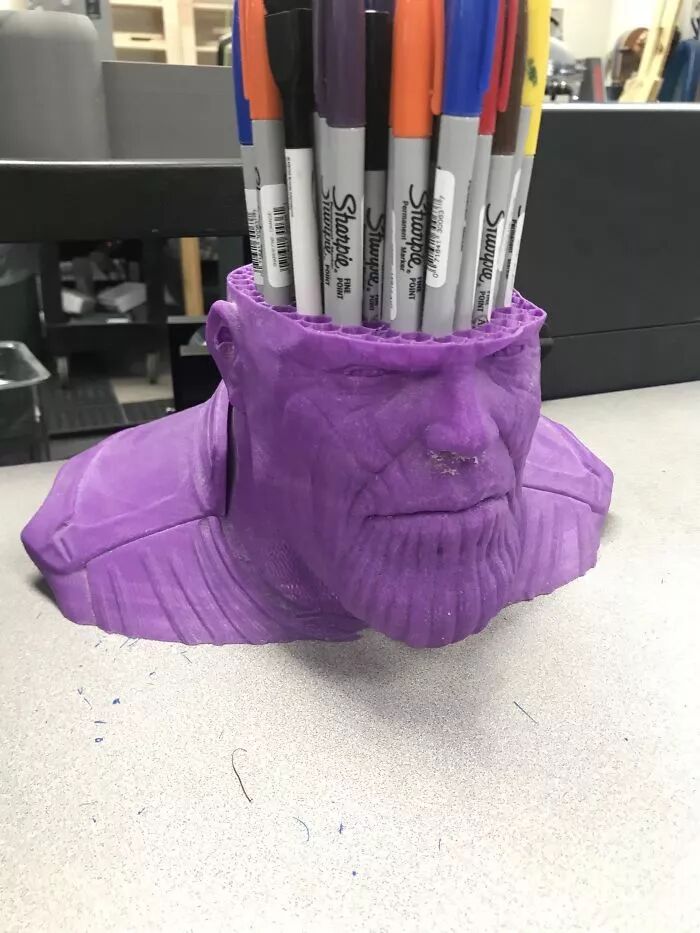
The Thanos figure in the picture is a half-finished product.
Fortunately, its creator is also quite optimistic:
Since the upper part couldn’t be printed,
it can simply be used as a pen holder…
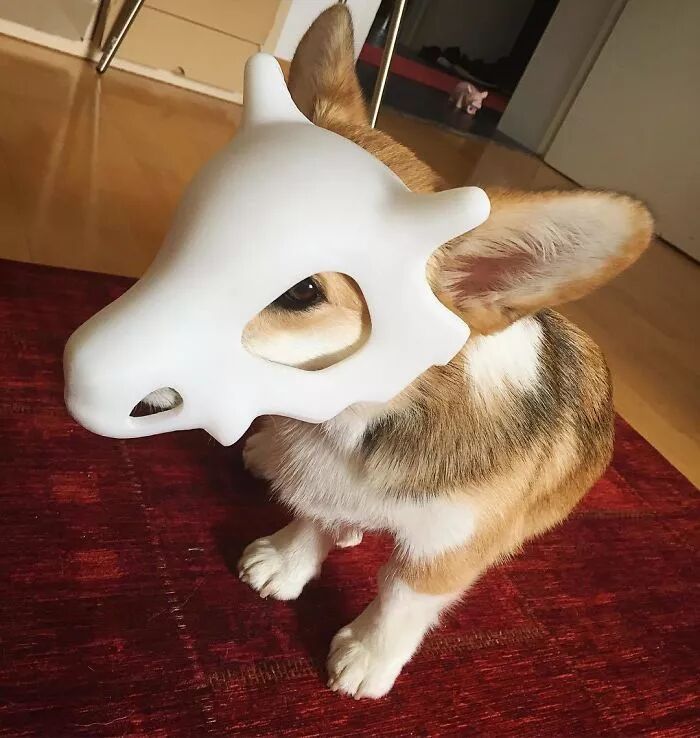
There are also some works that fail not due to technical faults:
When a pet owner kindly makes a cool mask for their furry friend,
emmm, the pet may not appreciate it…
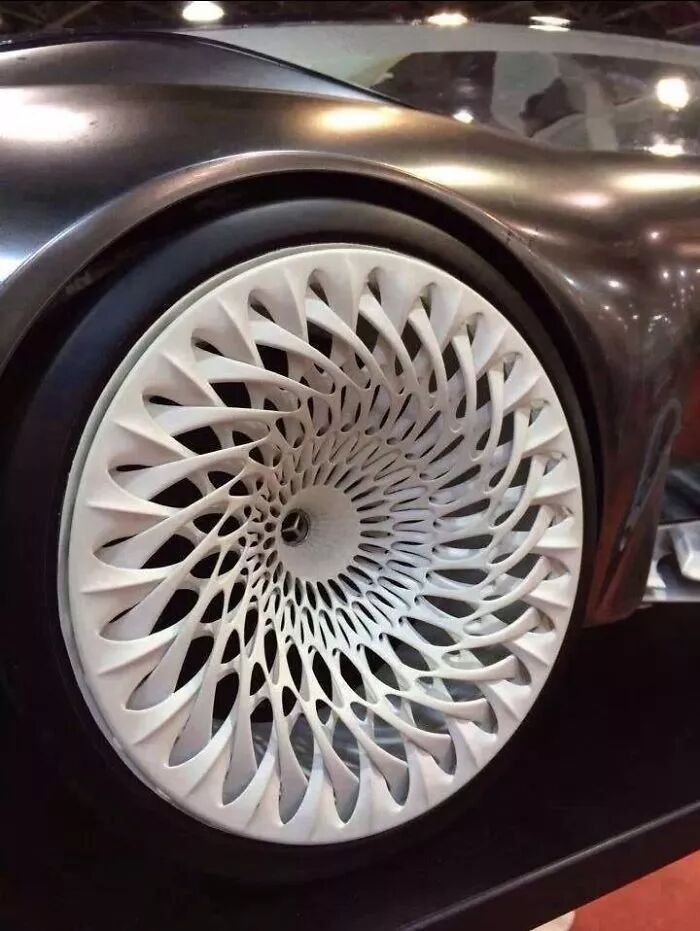
In addition, there are still many concerns in the industry regarding this technology:
About quality, copyright, and even technological ethics…
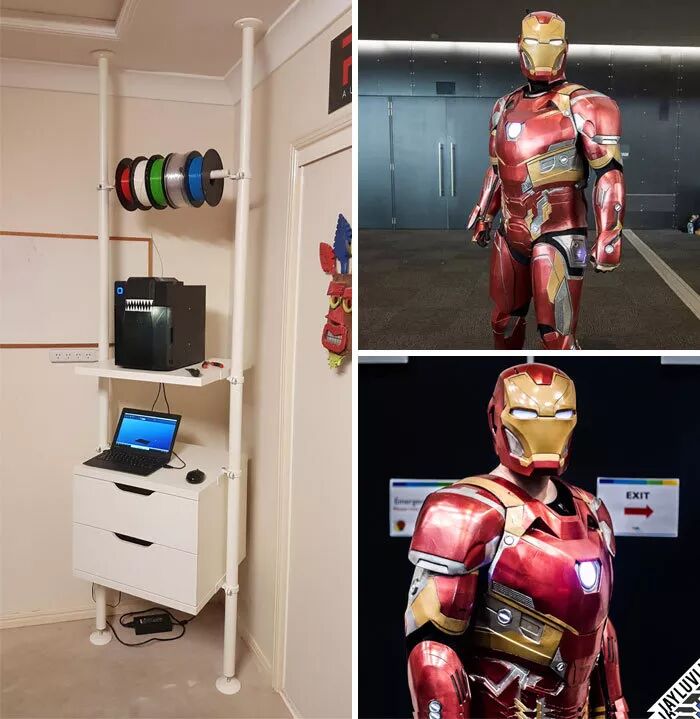
Many movie and game fans enjoy using 3D printing
to create their favorite character figurines, even 1:1 models.
However, take this Iron Man suit as an example,
even the officially sold merchandise is not as exquisite as it,
but for the “copyright monster” Disney,
this poses a new challenge brought by technology…
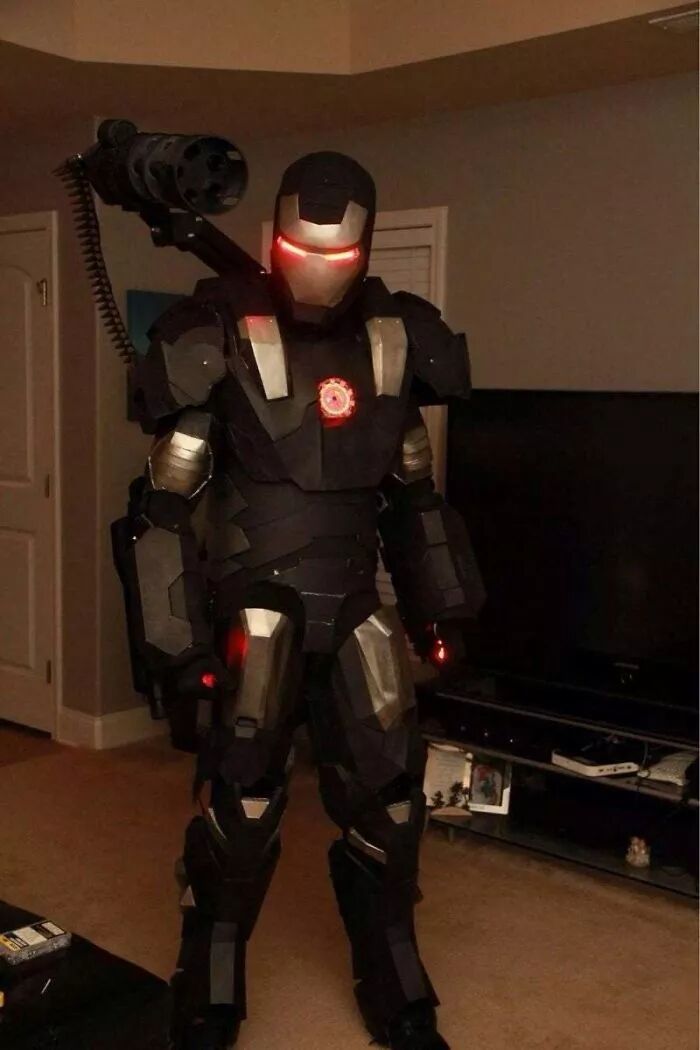
These exquisite fan-made merchandise
break the dimensional wall,
but also bring about upheaval and panic in the entire IP supply chain.
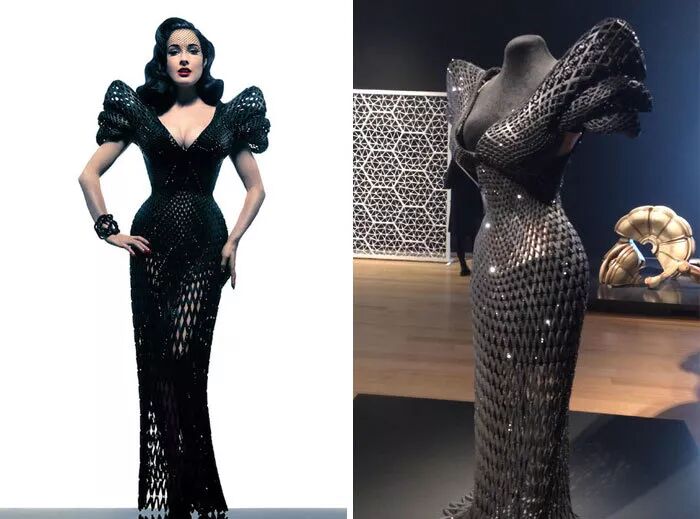
Therefore, many laws regarding intellectual property and copyright
still need to be revised.
If 3D printing truly becomes the mainstream technology of the future,
then not only the anime and film industries,
but almost all industries related to design
will need to be reshuffled~
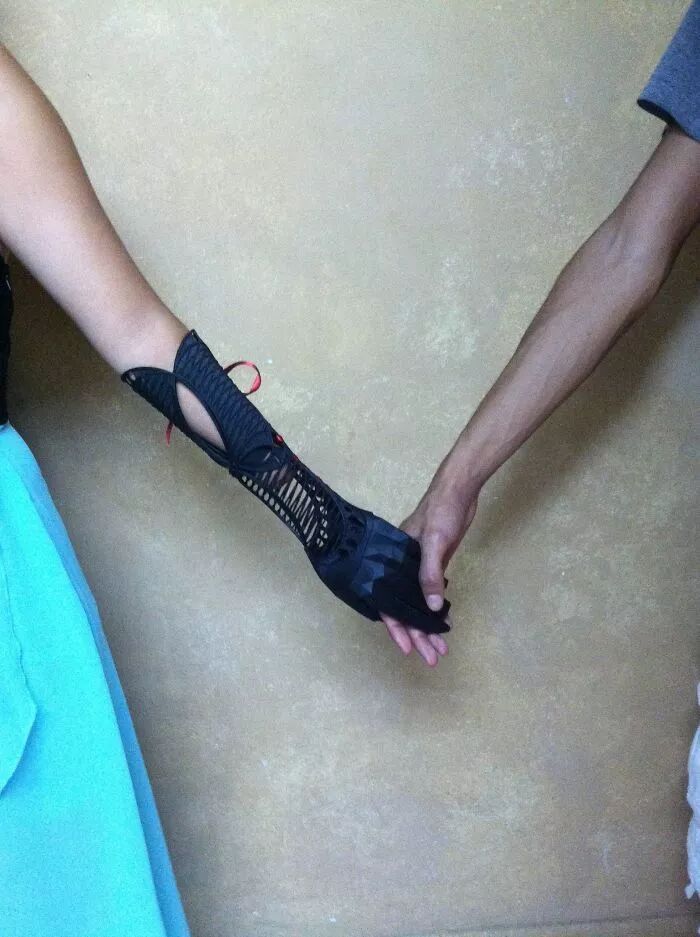
Thus, as a current legal gray area,
the application of 3D printing technology
is more focused on some undisputed fields,
such as scientific research.
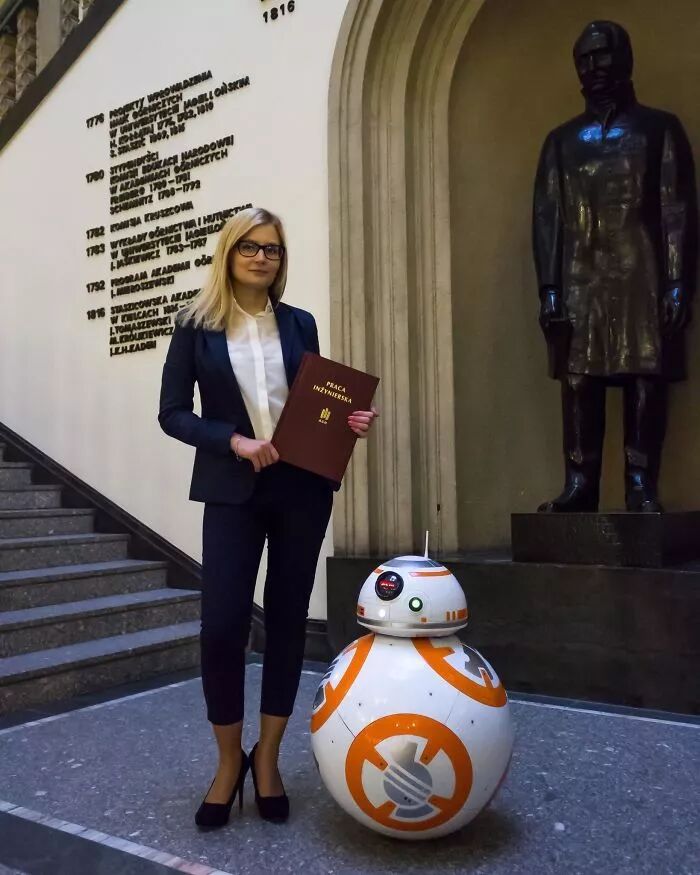
This engineering graduate used 3D printing technology
to create a fully functional robot;
she even wrote a complete set of programs for this Bb-8,
allowing it to faithfully serve its “master”.

In addition, many netizens choose to use home 3D printers to create some souvenirs:
Making a small sculpture for their pets is just one example,
some netizens even printed their son’s brain as a keepsake…
This kind of paternal love is truly amusing.
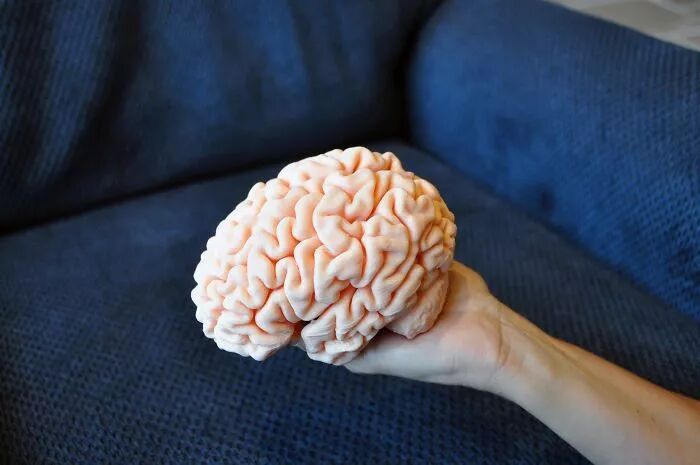
Homemade luggage tags, highly creative puzzle boards…
Although this technology still has many controversies today,
there is no doubt that
it has indeed brought more possibilities to humanity.
Who would have thought that the story of the magic brush Ma Liang
would one day come true…
